Tomohiro Kuroda
Optimizing Automatic Summarization of Long Clinical Records Using Dynamic Context Extension:Testing and Evaluation of the NBCE Method
Nov 14, 2024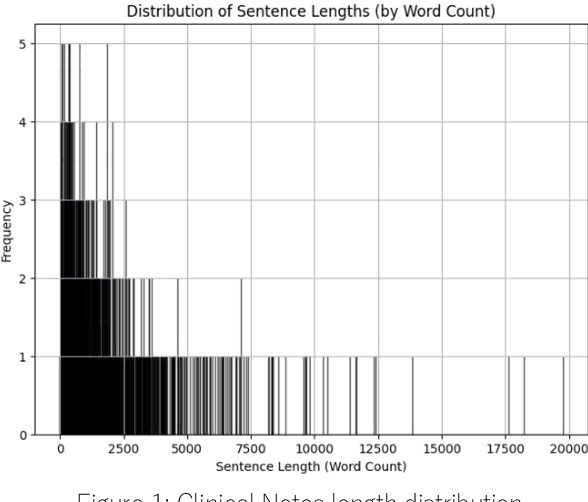
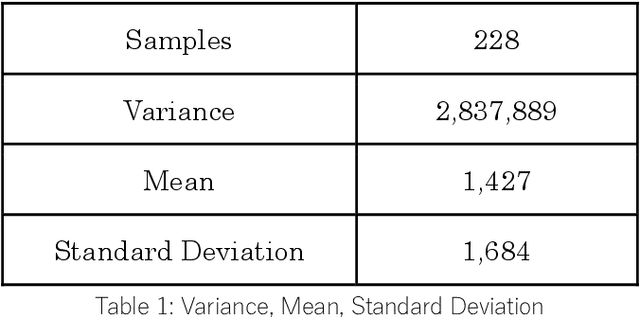
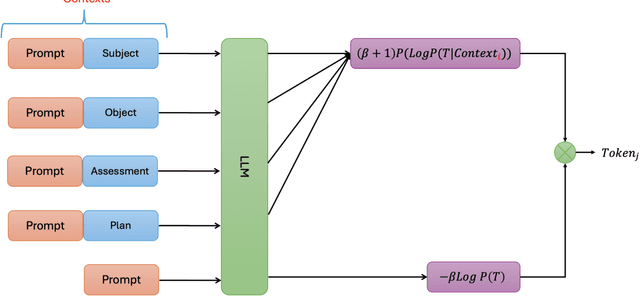
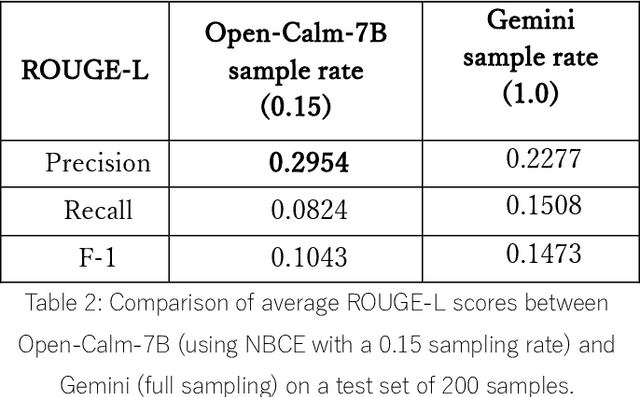
Abstract:Summarizing patient clinical notes is vital for reducing documentation burdens. Current manual summarization makes medical staff struggle. We propose an automatic method using LLMs, but long inputs cause LLMs to lose context, reducing output quality especially in small size model. We used a 7B model, open-calm-7b, enhanced with Native Bayes Context Extend and a redesigned decoding mechanism to reference one sentence at a time, keeping inputs within context windows, 2048 tokens. Our improved model achieved near parity with Google's over 175B Gemini on ROUGE-L metrics with 200 samples, indicating strong performance using less resources, enhancing automated EMR summarization feasibility.
Computer-aided diagnosis of lung nodule using gradient tree boosting and Bayesian optimization
Aug 28, 2017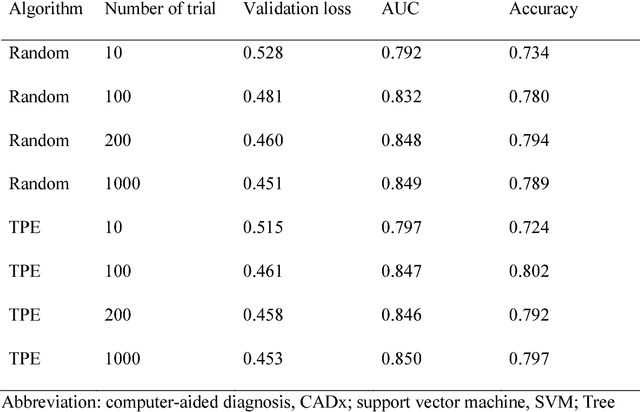
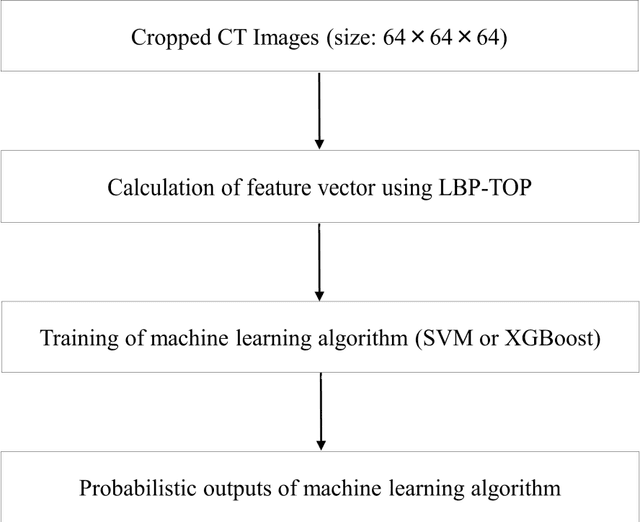
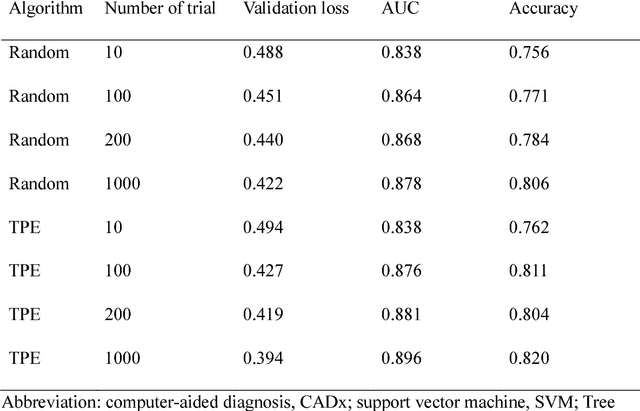
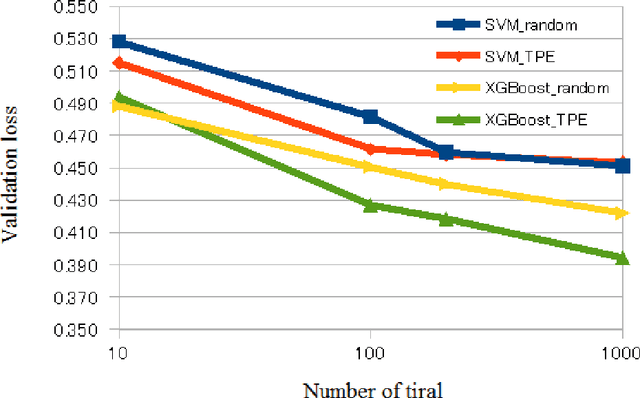
Abstract:We aimed to evaluate computer-aided diagnosis (CADx) system for lung nodule classification focusing on (i) usefulness of gradient tree boosting (XGBoost) and (ii) effectiveness of parameter optimization using Bayesian optimization (Tree Parzen Estimator, TPE) and random search. 99 lung nodules (62 lung cancers and 37 benign lung nodules) were included from public databases of CT images. A variant of local binary pattern was used for calculating feature vectors. Support vector machine (SVM) or XGBoost was trained using the feature vectors and their labels. TPE or random search was used for parameter optimization of SVM and XGBoost. Leave-one-out cross-validation was used for optimizing and evaluating the performance of our CADx system. Performance was evaluated using area under the curve (AUC) of receiver operating characteristic analysis. AUC was calculated 10 times, and its average was obtained. The best averaged AUC of SVM and XGBoost were 0.850 and 0.896, respectively; both were obtained using TPE. XGBoost was generally superior to SVM. Optimal parameters for achieving high AUC were obtained with fewer numbers of trials when using TPE, compared with random search. In conclusion, XGBoost was better than SVM for classifying lung nodules. TPE was more efficient than random search for parameter optimization.
 Add to Chrome
Add to Chrome Add to Firefox
Add to Firefox Add to Edge
Add to Edge